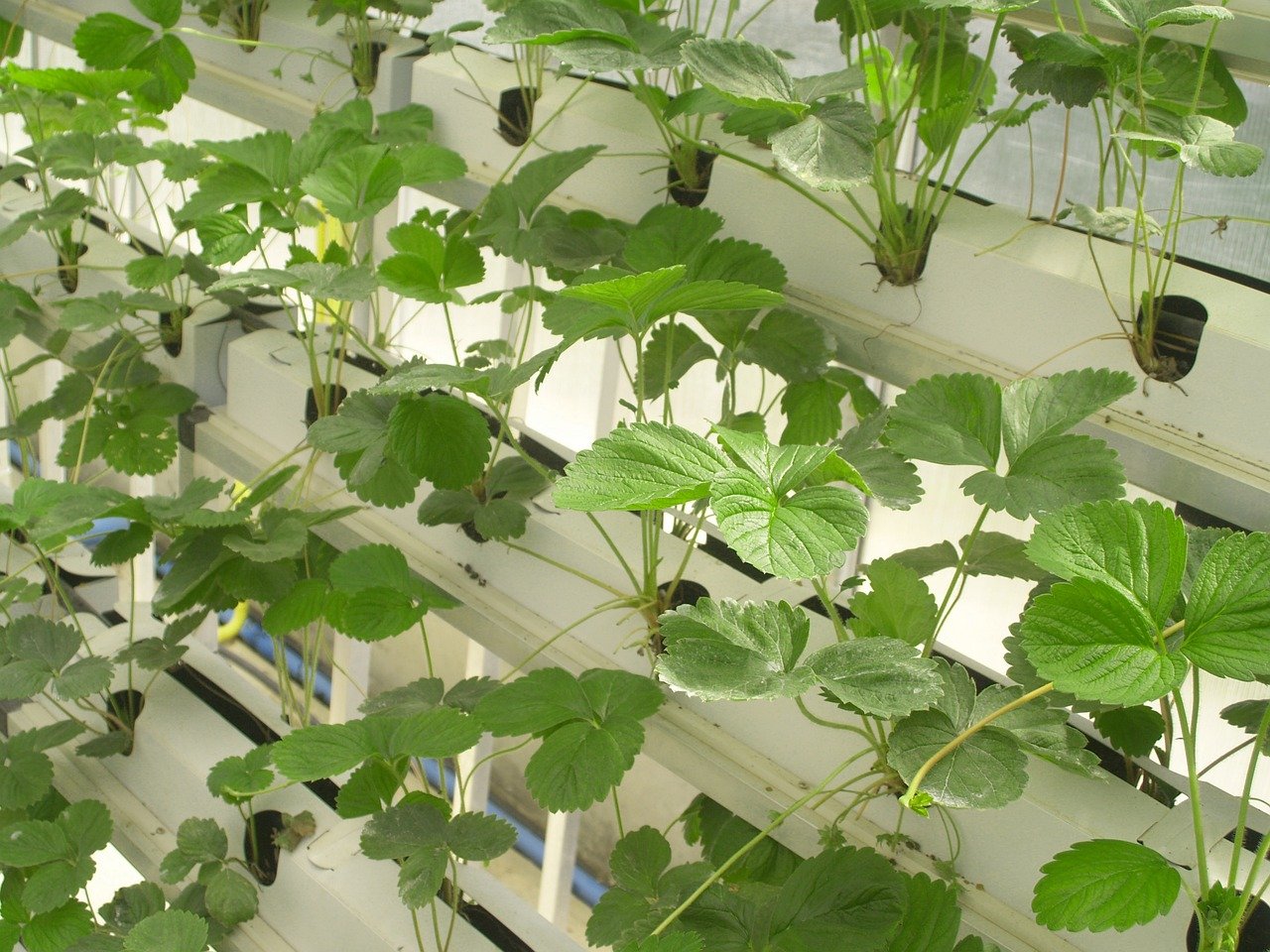In the world of modern agriculture, hydroponics has emerged as a cutting-edge method for growing vegetables. By harnessing the power of water and nutrients, hydroponic gardens offer an innovative and efficient way to cultivate plants without relying on traditional soil-based farming practices. This article delves into the fascinating world of hydroponics and the wide range of fruits, herbs, and vegetables that can thrive in a soilless oasis. Check out the hydroponic growing systems on Amazon when you are ready to exercise your green thumb and experience first-hand the art of and advantages of hydroponic gardening.
Hydroponics revolutionizes the way we grow vegetables by offering numerous advantages over traditional farming methods. By utilizing a nutrient-rich water solution, hydroponics provides plants with direct access to essential elements, leading to accelerated growth rates and higher yields. This soilless method allows for precise control over crucial environmental factors such as pH, temperature, and nutrient levels, optimizing plant health and productivity.
Hydroponic Gardening is For All Skill Levels
Successful hydroponic gardening requires careful attention to detail. Monitoring and adjusting vital factors such as nutrient concentrations, pH levels, temperature, and lighting are key to creating an optimal growing environment. Hydroponic systems can range from simple, do-it-yourself setups to elaborate commercial installations, allowing gardeners of all skill levels to enjoy hydroponic gardening.
Year-Round Cultivation
One of the most significant advantages of hydroponics is its ability to enable year-round cultivation of vegetables, regardless of external weather conditions. By creating an artificial growing environment, hydroponic systems offer a consistent climate that is ideal for plant growth. This feature makes hydroponics particularly suitable for urban environments or regions with limited arable land, where traditional farming may be challenging or impractical.
Flavorful Fruits
Hydroponic systems can also provide a controlled environment where fruiting plants can thrive, allowing for year-round cultivation regardless of external weather conditions. Fruits such as strawberries, tomatoes, melons, and even citrus fruits can be successfully grown in hydroponic gardens. By carefully monitoring and adjusting factors like nutrient concentrations, pH levels, temperature, and lighting, hydroponic gardeners can create optimal conditions for fruit development. This precise control over the growing environment results in healthier plants and higher yields. With their vibrant colors, intense flavors, and nutritional benefits, hydroponically grown fruits offer a delicious and sustainable alternative to traditional farming methods.
Hydroponic Herbs
Growing herbs hydroponically is a fantastic way to enjoy a bountiful supply of aromatic and flavorful plants. Hydroponic systems provide an ideal environment for herbs to flourish, allowing gardeners to cultivate a wide variety of herbs year-round. Whether it’s basil, mint, parsley, cilantro, or rosemary, hydroponics offers precise control over essential factors such as nutrient delivery, pH levels, temperature, and lighting. This level of control ensures optimal growth and promotes the development of robust flavors and vibrant foliage. Hydroponic herb gardens are not only space-efficient but also require minimal water usage compared to traditional soil-based gardening. By eliminating the risk of soil-borne diseases and pests, hydroponics provides a clean and healthy growing environment for herbs. The ability to harvest fresh herbs whenever needed makes hydroponic herb gardens a convenient and sustainable choice for culinary enthusiasts and herbal medicine practitioners alike.
Versatile Vegetables
Hydroponic gardens provide an expansive array of vegetables that can be successfully grown. Leafy greens such as lettuce, spinach, kale, and Swiss chard thrive in hydroponic systems, producing vibrant and nutrient-dense foliage. Tomatoes, known for their robust growth patterns, are also well-suited for hydroponics, delivering delicious and bountiful harvests. Cucumbers, peppers, and zucchini are other popular choices that thrive in hydroponic environments, offering fresh and flavorful produce. Additionally, herbs like basil, mint, and parsley flourish in hydroponic gardens, providing aromatic and culinary delights.
Water Conservation and Environmental Sustainability
Hydroponic gardening boasts impressive water conservation capabilities. Compared to traditional soil-based farming, hydroponic systems use significantly less water, as it is continually recirculated within the closed-loop system. This water efficiency is particularly crucial in areas where water scarcity is a concern. Moreover, hydroponics eliminates the need for pesticides and herbicides, reducing the risk of chemical runoff into waterways. By minimizing the reliance on traditional agricultural practices, hydroponics offers an environmentally sustainable approach to growing fruits and vegetables.
Mitigating Diseases and Pests
One of the inherent advantages of soilless gardening in hydroponics is the significant reduction in pests, diseases, and weed infestations. Without soil, common soil-borne pathogens and pests are effectively mitigated, reducing the need for chemical treatments. This aspect not only enhances plant health but also promotes a safer and healthier food production system.
Conclusion
Hydroponic gardening provides an exciting and sustainable approach to cultivating vegetables. By harnessing the power of water and nutrients, hydroponic gardens offer year-round cultivation, precise control over environmental conditions, and bountiful harvests of vibrant and nutrient-dense produce. From leafy greens to tomatoes, cucumbers to herbs, the versatility of hydroponic gardening knows no bounds. As we continue to explore innovative methods to feed a growing population, hydroponics stands at the forefront, revolutionizing the way we grow food and ensuring a greener and more sustainable future.







